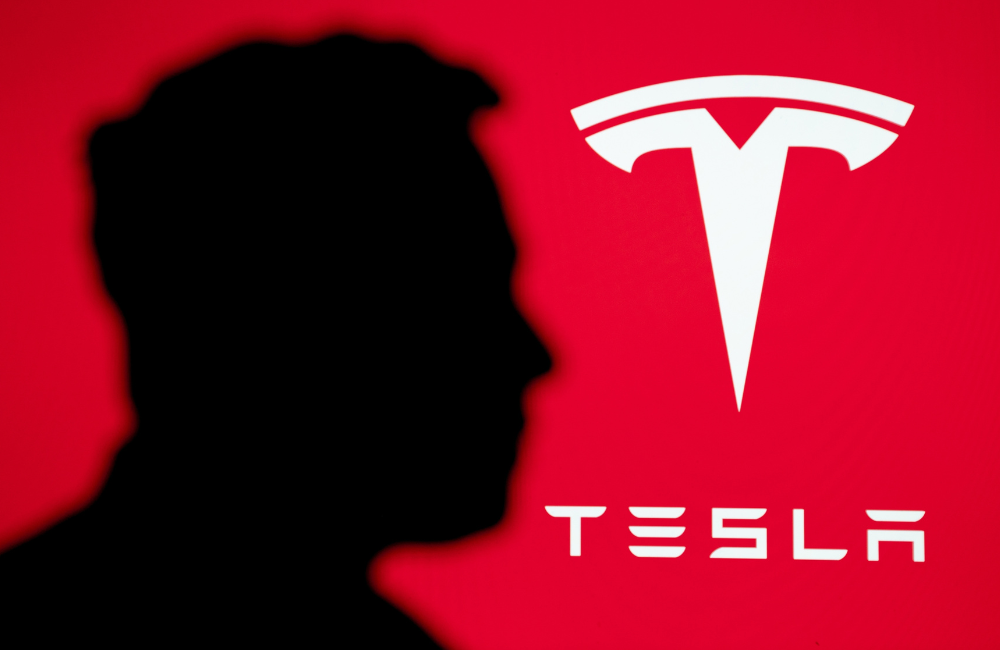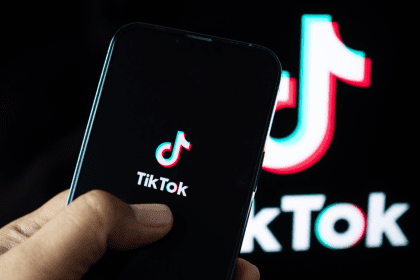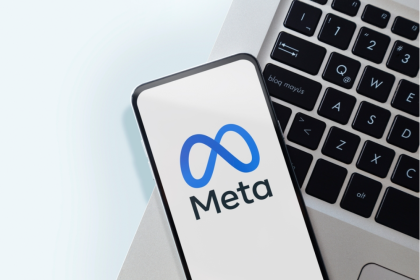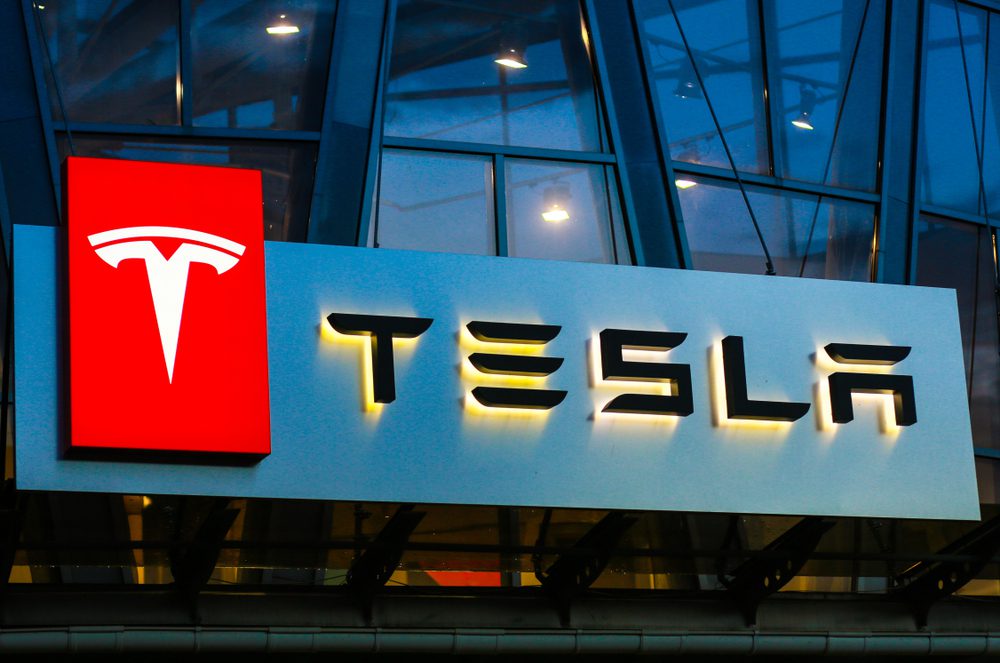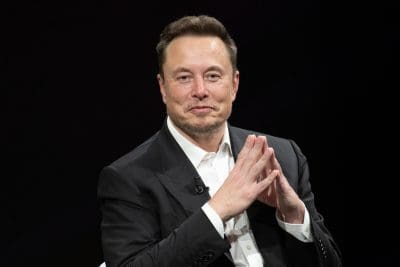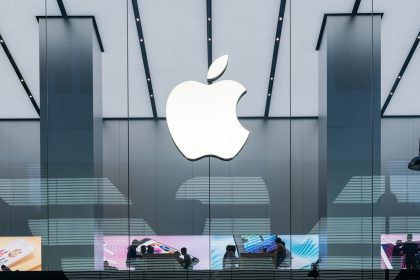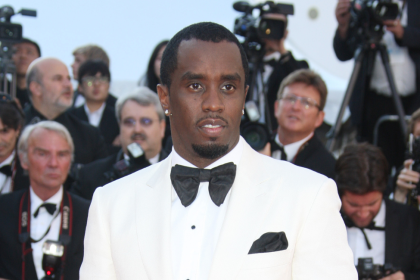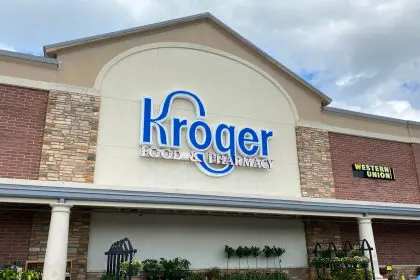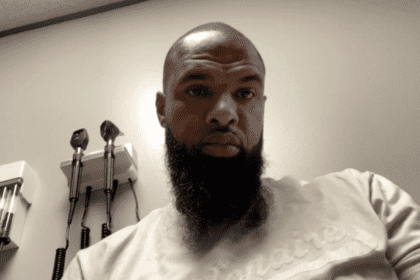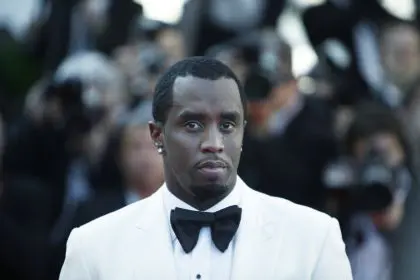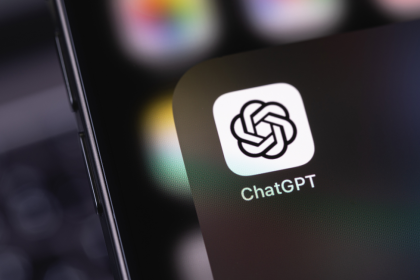Tesla has launched its much-anticipated robotaxi pilot service in Austin, Texas. This milestone represents a significant step in the autonomous vehicle industry as companies race to deploy self-driving technology commercially.
The trial began on Sunday (22.06.25) using modified Tesla Model Y cars equipped with the company’s Full Self‑Driving (FSD) software. Rides currently cost a flat $4.20, and each vehicle includes a “safety monitor” seated beside an empty driver’s chair. The competitive pricing strategy positions Tesla against traditional ride-sharing services in the Austin market.
“Culmination of a decade of hard work,” the company’s CEO Elon Musk heralded the rollout on his social media platform X for Tesla’s AI and chip development teams. Tesla has invested heavily in autonomous driving technology development, making it one of the largest investments in self-driving research globally.
Tesla plans to scale up the service quickly – potentially deploying hundreds of vehicles in major US cities like San Francisco, Los Angeles and San Antonio by the end of 2026. The expansion represents Tesla’s aggressive strategy to capture market share in the emerging autonomous transportation sector.
The ultimate goal is a purpose-built Cybercab and Robovan – Tesla-designed cars without manual controls – slated for production next year. These specialized vehicles are designed specifically for autonomous operation, eliminating traditional driving components entirely.
Safety advocates continue to question Tesla’s camera-only, no-LiDAR approach. Reports of abrupt braking and limited operational zones underline ongoing concerns, though early user feedback has been mostly positive. Tesla’s technology approach differs significantly from competitors who use more expensive sensor arrays.
“Low-key affair,” Forrester analyst Paul Miller described Tesla’s launch as but stressed that the move shows the company’s ambition to rival firms already offering driverless rides in the US and across the world – including Waymo and Zoox. The global autonomous taxi market continues growing as technology companies compete for dominance.
“As expected, only a handful of vehicles are available right now, they only operate in a small part of the city and there’s a safety driver in the vehicle in case it encounters situations it cannot handle autonomously,” he told BBC News. Current operations cover a limited geographic area within Austin as Tesla tests the system’s capabilities.
Miller claims Tesla is backing that the volume of cars it delivers and cheaper camera-based self-driving tech “will allow it to come from behind and pull ahead” of rivals in the field. Tesla’s manufacturing scale provides advantages in data collection and cost reduction compared to smaller autonomous vehicle companies.
Industry experts note that Tesla’s approach relies heavily on neural networks and machine learning rather than traditional mapping systems. The company processes vast amounts of driving data collected from its global vehicle fleet to improve autonomous capabilities continuously.
The Austin pilot program operates under specific conditions with plans to expand operational parameters over time. Safety protocols include comprehensive monitoring systems and immediate intervention capabilities when needed.
Regulatory approval for the Texas launch required extensive testing and compliance with federal safety guidelines. Tesla underwent rigorous evaluation processes before receiving permission to operate commercially in Austin.
Early user experiences highlight both the potential and current limitations of the technology. Riders appreciate the smooth electric operation and spacious cabin design, while noting occasional hesitation in complex traffic situations.
The economic implications extend beyond transportation, potentially reshaping urban mobility patterns and reducing individual car ownership needs. City officials view the pilot as an opportunity to study autonomous vehicle integration in real-world conditions.
Competition in the autonomous vehicle sector intensifies as multiple companies pursue commercial deployment. Tesla’s entry into robotaxi services represents a crucial test of its camera-based approach against sensor-heavy alternatives used by competitors.
The success of Tesla’s Austin pilot could influence regulatory decisions and public acceptance of autonomous vehicles nationwide. Transportation experts will monitor safety performance, operational efficiency, and user satisfaction as the program develops.
Future expansion plans depend on demonstrating reliable performance and gaining regulatory confidence across different cities and driving conditions. Tesla’s robotaxi service represents a significant milestone in the evolution toward fully autonomous transportation systems.

